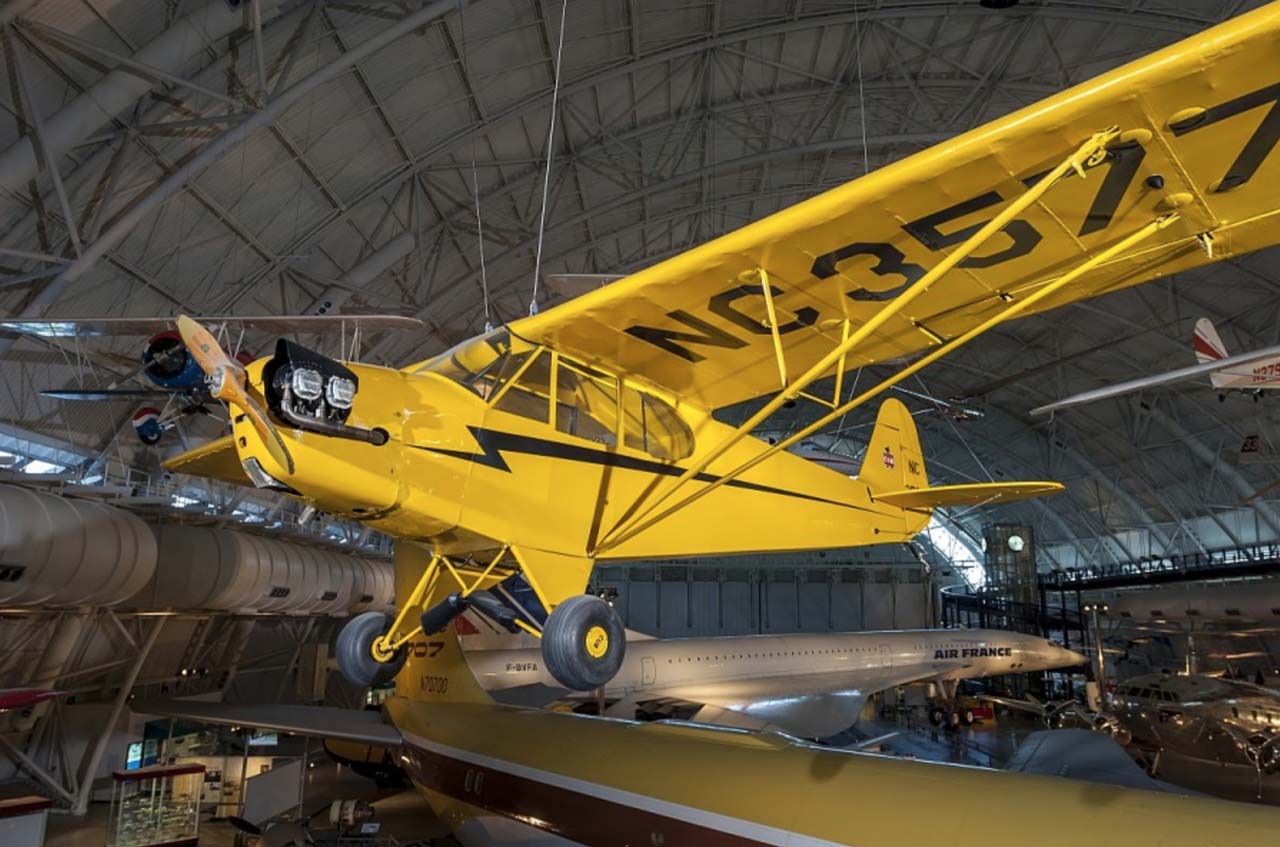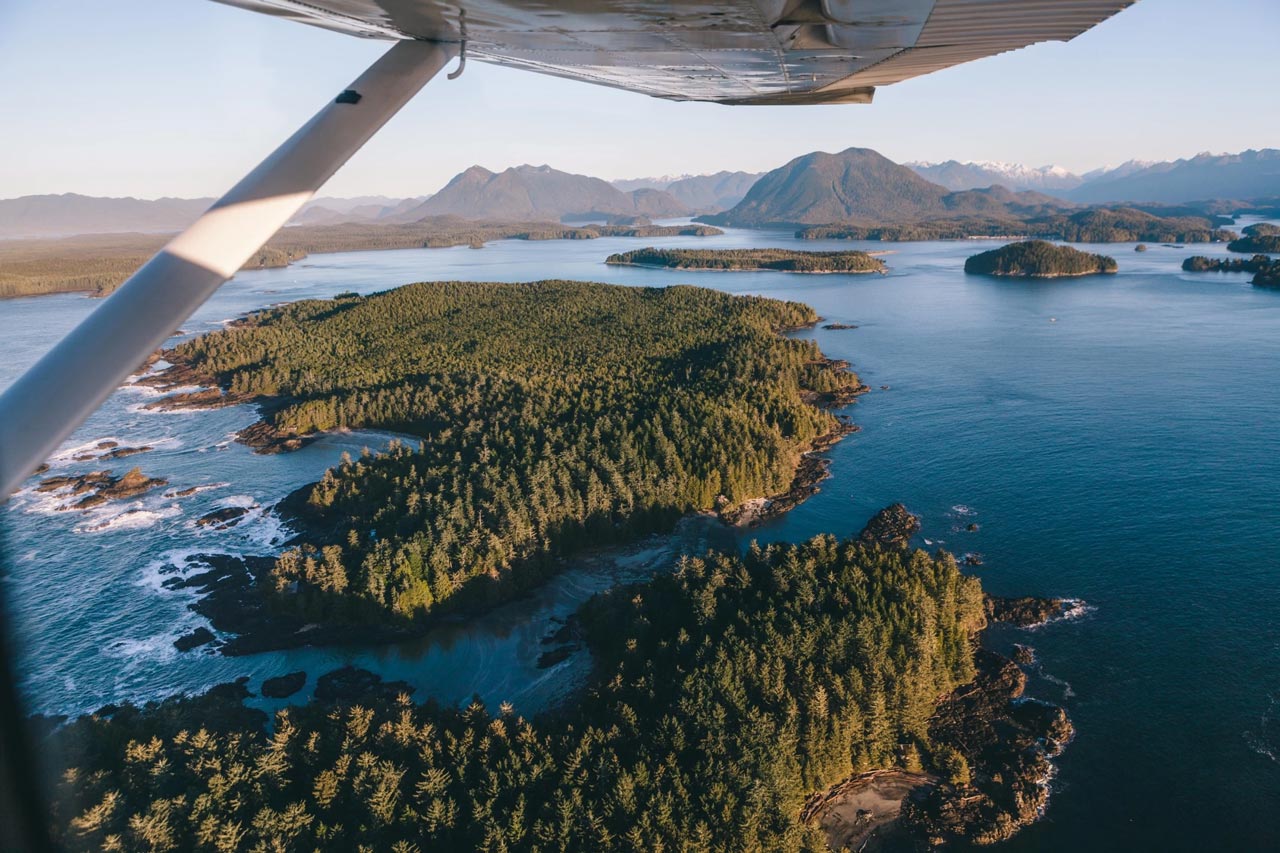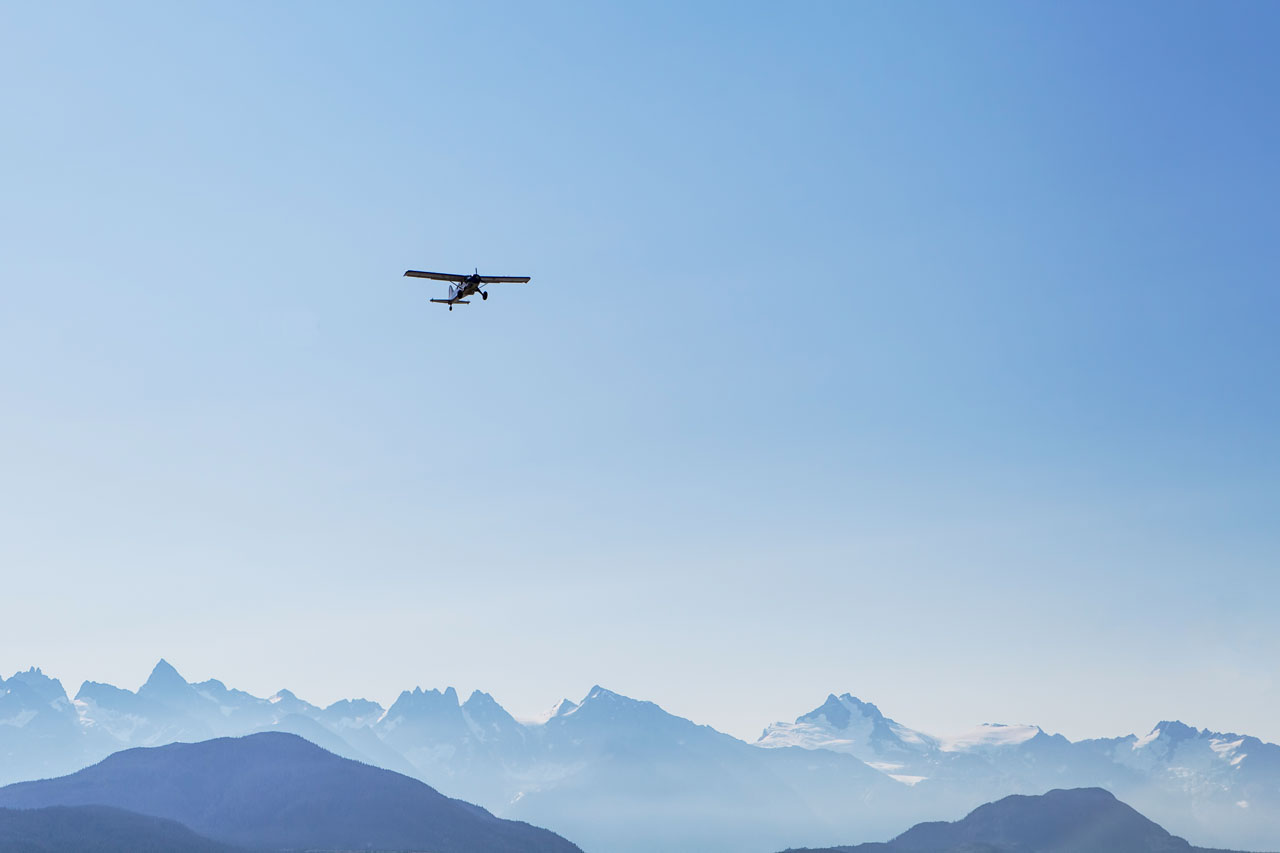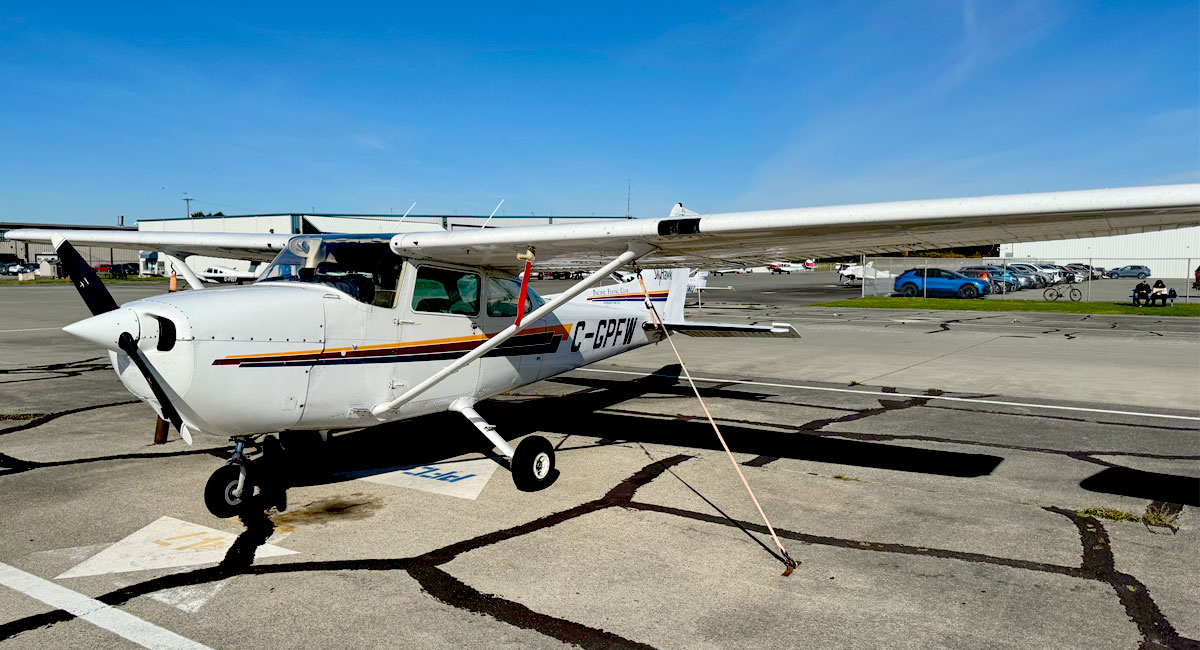
The Evolution of General Aviation Aircraft: What’s Changed Over the Years?
Piper J-3 Cub: distinctive yellow, high-wing light monoplane with tailwheel; trainer and sport aviation; Continental A-65, 65 hp engine. Photo courtesy of National Air and

Officially known as the Canadian Forces Snowbirds (431 Air Demonstration Squadron), they’re more than just an air show attraction. The Snowbirds represent excellence in aviation, precision flying, and the spirit of Canadian pride. They are a team of highly trained pilots and support personnel from the Royal Canadian Air Force. Their mission is to demonstrate the skill, professionalism, and teamwork of Canada’s armed forces through thrilling aerobatic displays at airshows across North America.
They fly the CT-114 Tutor, a jet trainer aircraft designed in the 1960s by Canadair. While the plane may be older than most modern military jets, its reliability and maneuverability make it ideal for the complex, close-formation flying that defines the Snowbirds’ performance.
The roots of Canadian Snowbirds go back to the early 1950s, when military flying demonstrations became a popular way to engage the public and recruit new aviators. Canada had several informal aerobatic teams over the years, including the “Golden Hawks” and the “Golden Centennaires,” before the Snowbirds became an official squadron in 1971.
The name “Snowbirds” was selected through a school contest in Saskatchewan, inspired by the team’s original winter training in Moose Jaw. The choice stuck — a nod to Canadian winters and the team’s clean, elegant flight style.
The team is based at 15 Wing Moose Jaw, Saskatchewan, which is also home to Canada’s military pilot training school.
Snowbird pilots are experienced members of the Royal Canadian Air Force. Each pilot must have at least 1,300 hours of jet flying time and a record of superior flying skills.
They serve for a two or three-year term with the team. New pilots typically join as outer-wing flyers before moving into lead or solo roles. Their flying season runs from spring through fall, with winter months dedicated to training and perfecting routines.
The pilots are backed by an equally committed team of over 20 technicians, support crew, and coordinators. These ground teams are essential, handling everything from aircraft maintenance to logistics and communications.
Each Snowbirds team member wears the iconic red flight suit, symbolizing their dedication and role in delivering a polished, unforgettable performance.
The Snowbirds have performed in every Canadian province and territory, as well as many U.S. states. They’ve flown at major air shows, national celebrations, and memorials, including Canada Day in Ottawa, the Abbotsford International Airshow in B.C., and commemorations such as the 75th anniversary of D-Day.
Their performances aren’t just entertainment. They symbolize national unity, honour the service of Canadian Forces members, and inspire the next generation of aviators.
The team also visits schools, cadet units, and community events, emphasizing mentorship, aviation education, and public engagement.
Canadian Snowbirds’ long history includes both triumph and tragedy.
In May 2020, during the “Operation Inspiration” tour — a cross-country morale boost in response to the COVID-19 pandemic — one of the aircraft crashed in Kamloops, B.C., killing Public Affairs Officer Captain Jennifer Casey and injuring the pilot. It was a national moment of mourning.
Despite such hardships, the team continues to fly, carrying forward the spirit of those they’ve lost. They’ve made several safety improvements and have maintained transparency with the public, reinforcing the high standards of the program.
Pilots who wish to join the Snowbirds must apply and go through a selection process that includes flight evaluations and interviews. Beyond flying skill, candidates are chosen for their teamwork, humility, and communication abilities. These qualities are essential for the trust required to fly within inches of one another at over 500 km/h.
Once selected, pilots train at 15 Wing Moose Jaw through the winter. Every maneuver is broken down, memorized, and practiced repeatedly. Formation flying demands intense focus and deep familiarity with every teammate’s habits in the air.
As the Tutor aircraft ages, there are growing discussions about modernizing the fleet. Several assessments are underway to determine a suitable replacement, but as of now, the CT-114 remains the heart of the Snowbirds program.
What won’t change is their mission: to inspire pride in the Canadian Forces and showcase the skill and dedication of those who serve.
The Snowbirds are more than just a flying team. They are a symbol of Canadian unity, professionalism, and excellence. They bring communities together, inspire young dreamers, and offer a rare glimpse into the precision and discipline of military aviation.
So next time you hear the roar of jet engines overhead and see the red and white tails sweeping across the sky in perfect harmony, take a moment. You’re watching not just a show, but a Canadian legacy in flight.
Canadian Forces Snowbirds
https://www.canada.ca/en/air-force/services/snowbirds.html
(Provides team history, aircraft details, pilot bios, and upcoming schedule)
Canadian Forces Snowbirds Facebook Page
https://www.facebook.com/CFSnowbirds
(Photos, behind-the-scenes content, event updates directly from the team)
Royal Canadian Air Force (RCAF) – Newsroom
https://www.canada.ca/en/air-force/news.html
(Latest news on RCAF operations including Snowbirds announcements and safety investigations)

Piper J-3 Cub: distinctive yellow, high-wing light monoplane with tailwheel; trainer and sport aviation; Continental A-65, 65 hp engine. Photo courtesy of National Air and

Photo of Clayoquot Sound by Jordan Giesbrecht courtesy of Tourism Tofino. Scenic Flights in North America offer more than just impressive views — they offer

You lift off from a small airport, climb above the trees, and head toward the mountains. Below, rivers wind through thick forests, and narrow gravel


Historical Background Boundary Bay Airport was constructed in 1941 as part of the British Commonwealth Air Training Plan, one of the largest aviation training programs

Who Are Canadian Snowbirds? Officially known as the Canadian Forces Snowbirds (431 Air Demonstration Squadron), they’re more than just an air show attraction. The Snowbirds